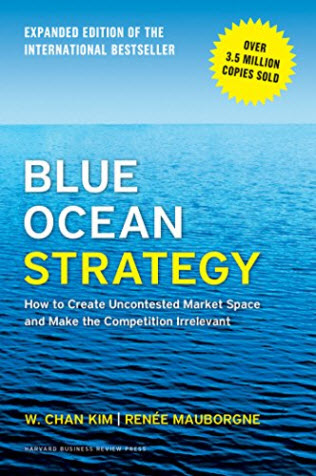
This was one of those weeks where we struggled to find a story for the front page. The Samsung article about the OLED fab was ‘just a rumour’, but as the saying goes, “there’s no smoke without fire”!
Ken wrote an interesting Display Daily this week that talks about Samsung’s battle with LG over OLED TV (This is War!) and Ken describes this as a war. It’s important to bear in mind that this isn’t where Samsung thought it would be.
Although Ken talks of a ‘grudging flirtation with OLED TV’, Samsung didn’t start out to kill OLED in TV, quite the reverse. When the company saw that the LCD industry wasn’t going to collapse in the way that the semiconductor industry does (as I described in my own Display Daily – Why LCDs are Not Just Big Chips) and allow it to make big margins and control the industry, it put huge resources into developing OLED for both smartphone and TV applications. It committed very heavily to developing OLEDs for TV and better ones than LG was looking to make.
 As we have reported in the past, the ambition was the point. Samsung wanted to put ‘clear blue water’ between itself and the competition that it knew would be coming from China. The phrase was very prevalent from Samsung staff at one time and influenced, we think, by the book ‘Blue Ocean Strategy’, which is not a bad read, although not the best book on strategy I’ve ever read.
As we have reported in the past, the ambition was the point. Samsung wanted to put ‘clear blue water’ between itself and the competition that it knew would be coming from China. The phrase was very prevalent from Samsung staff at one time and influenced, we think, by the book ‘Blue Ocean Strategy’, which is not a bad read, although not the best book on strategy I’ve ever read.
Samsung could only create the ‘clear blue water’ by doing something really difficult. The company planned to extend LTPS up to TV sizes (although nobody else had had long term production above the notebook class) and planned to take OLED deposition methods up to large TV, when others had found a limit at notebook sizes again. However, as things turned out, these were just too difficult to achieve (at least, on its own) and when LG started shipping OLED TVs, well ahead of the time that Samsung would have liked to, it decided to drop out of the large TV OLED race. So, to use Ken’s word, it got grudgingly pulled in to announcing OLED-based products at a time that it didn’t want to.
Samsung’s adoption of QLED is because it needs something to try to stop LG (and TV brands using its panels) winning the hearts and minds of those that really care about image quality. Samsung has established a premium for its brand in TV and didn’t want to lose that.
That Samsung has been able to achieve the high quality that it has using LCD is a great achievement and there is no doubt that the best LCD TVs are going to give OLED a hard time, especially in the area of high brightness. The problem for OLED, at the moment, is in peak brightness and LG has had to use an RGBW structure to get bright whites, but this means weaker saturation for bright colours (just as the white segment dilutes the saturation of colour in DLP projectors). Samsung was making a lot of noise about that topic a few months ago, but seems to have gone quieter now. It will be interesting to see if the topic is a big one for the firm at SID in a couple of weeks.
LCD has the disadvantage that its contrast is not usually as good as that of OLED, although the Panasonic dual LCD system shown in monitors from Eizo and others at NAB (New Crop of 2000 cd/m² HDR Monitors Coming) solves this from a technical point of view. However, there must be big cost and efficacy impacts from this approach, so the technology is for the high end – at the moment, at least. However, I wouldn’t be certain that some version of it might not move down the market, given time. What is clear, is that LCD has shown an astonishing ability to improve and develop in ways that were simply inconceivable when it first appeared.
Bob

